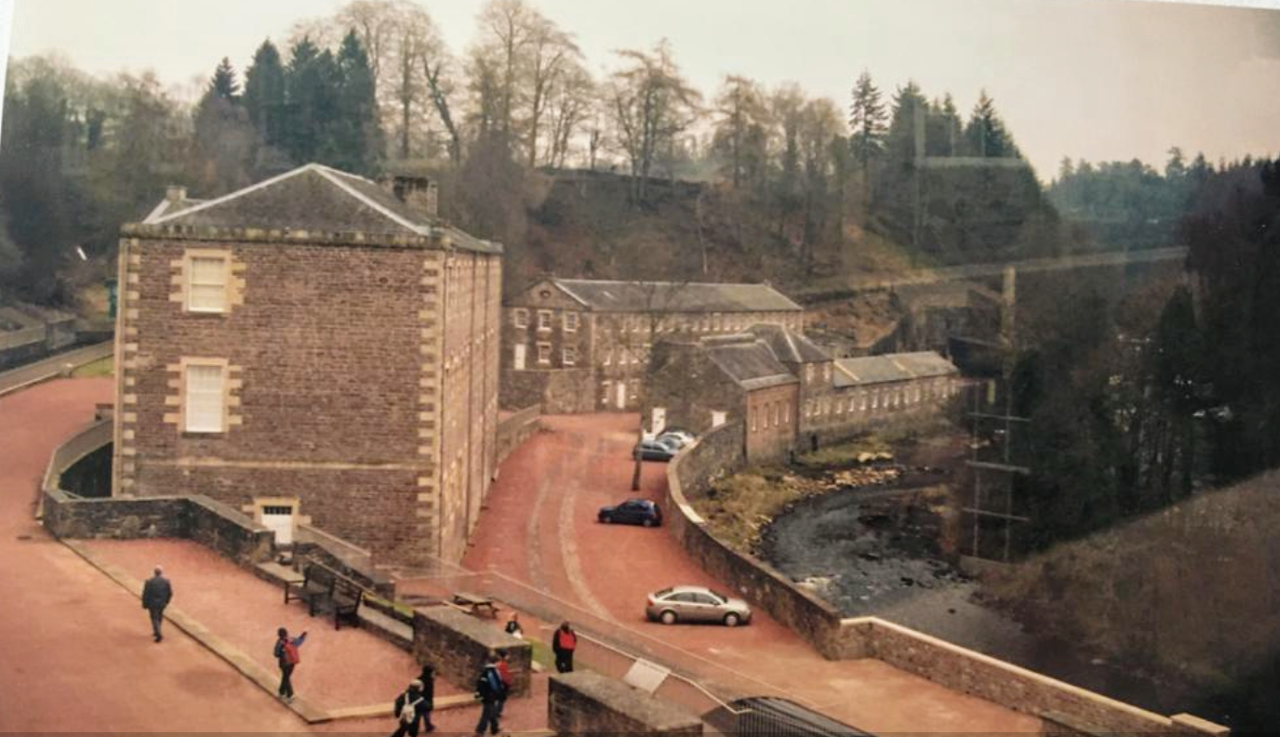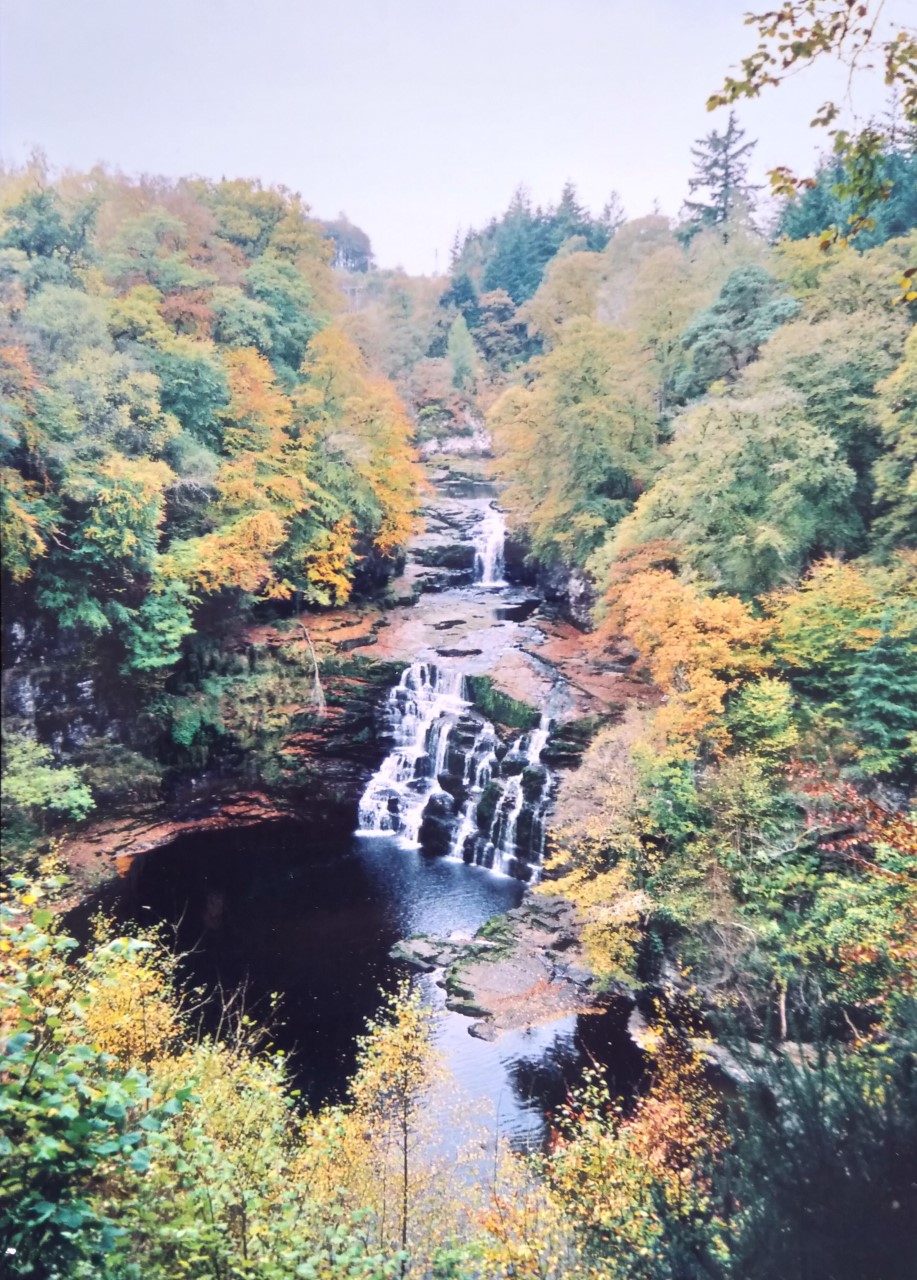New Lanark | The Falls of Clyde | Dallaswear
Posted by Callum McCrimmon on 1st Jan 1970
New Lanark World Heritage Site
New Lanark is a very special place. It is recognised by UNESCO as a World Heritage Site. According to the University of Oxford a World Heritage Site is defined as “a cultural or natural landmark that has been recognized by the United Nations Educational, Scientific and Cultural Organization (UNESCO). These sites are deemed worthy of preservation due to their universal value to humanity, both in the present and for future generations. Each World Heritage Site is held in collective trust, 'belonging to all the peoples of the world, irrespective of the territory on which they are located', and is legally protected by international treaty”.
New Lanark has undergone considerable renovation over the years and gained its UNESCO status in 2001. There is now an excellent visitor centre which tells the story of the village and how it came about. From it’s very beginning in 1785 the focus was one of philanthropy, education and the welfare of the mill workers. Of course, it was run as a business but unusually for the times it’s Founder David Dale was keen to look after the welfare of his employees. Dale was a deeply religious man and very wealthy. He developed cotton and mills across Scotland as a way of creating industry, wealth and to employ the many affected by the Highland clearances, which saw large numbers of tenant farmers turned off their land to make way for the grazing of sheep.
(Please excuse the reflections and saturation)

Situated on the banks of the famous river Clyde, which continues on to run through Glasgow itself, the mill drew its power from the river. In 1799 David Dale’s daughter, Caroline, married Robert Owen and together they bought the mills and set up home in the village of New Lanark. Under Owen’s ownership New Lanark became known as an “ideal” community. He introduced forward thinking reforms to the workplace and to the education of the children he employed. He became known as a Socialist due to his work at New Lanark and regarded his work there as “the most important experiment for the happiness of the human race that has yet been instituted in any part of the world”.
Today, in the beautifully renovated village there are private homes, an Hotel, Self-catering Apartments and an award-winning, informative, visitor centre. There is a beautiful walk along the raging waters of the Clyde which is partly accessible to all, although sometimes slippery. Further on still are the dramatic Falls of the Clyde, a stunning system of three waterfalls which has long inspired artists. In 1926 the power of the falls was harnessed to generate hydroelectricity for public supply making Lanark Hydroelectric Scheme the oldest major plant of its kind.

If you visit at the right time of year you may see nesting peregrine falcons along the river. There are organised visits to watch the wildlife including badgers and bats in the summer months. There is a lovely restaurant in the visitor centre and on the roof, a beautiful roof garden.
The story of New Lanark is told by the impressive Annie McLeod experience which is a ride which both entertains and educates with the use of holograms. There are re-creations of the village store selling New Lanark ice cream and Robert Owens house as well as a classroom which was used to educate the children that lived and worked at New Lanark.
New Lanark really has something for everyone and, if you are in the area, it is well worth a visit.
It is advisable to check with the New Lanark website before visiting to due to social distancing measures that are in place at the moment.

